The Illinois Creative Future Fund (ICFF) campaign brought together a diverse, statewide coalition of Illinois businesses and organizations in the arts, culture, and arts education. The coalition called on the Illinois General Assembly to dedicate $500 million in federal American Rescue Plan funds to the relief, recovery, and resilience of the creative sector, with priority given to BIPOC (Black, Indigenous and People of Color), rural, and other communities disproportionately impacted by COVID.
In the early morning hours of June 1, 2021, the Illinois House of Representatives and the Illinois Senate passed a Fiscal Year 2022 (FY22) budget package. It includes Senate Bill 2800, House Amendment 3, which contains both the operating budget and capital budget, and Senate Bill 2017, House Amendment 2, the budget implementation bill. The Senate passed SB 2800 and SB 2017 on votes of 37-21-0 and 38-19-0, respectively, while the House voted 72-44-1 and 73-44-0. The bills are now on the governor’s desk for signature.
These were no ordinary budget deliberations. Two overarching factors influenced them: (1) a better-than-expected state fiscal environment and (2) a significant influx of assistance from the federal government. State revenues came in considerably higher than anticipated, enabling the state to pay down $2 billion in outstanding debt from a federal loan and easing budgetary pressures. Meanwhile, the American Rescue Plan Act (ARP), passed by Congress earlier this year, is providing Illinois with $8.1 billion in aid. The funds must be spent by December 31, 2024, and the State has a great deal of flexibility in how it uses the dollars.
Use of Federal Assistance
As reflected in the budget bills, the General Assembly decided not to appropriate all of the federal American Rescue Plan (ARP) assistance at this time. Instead, it appropriated just under one-third, approximately $2.5 billion, of that amount. The $2.5 billion includes $1.5 billion for business recovery assistance, violence prevention, affordable housing, youth and after-school activities, mental health services, and other response programs; and $1 billion is dedicated to capital grants.
In explaining why the General Assembly is letting the $5.6 billion go unappropriated for now, House Majority Leader Greg Harris stated, “We realized this was a fund that would have to last for years, so we did not want to spend it all in the first year;” adding that the legislature would take a “very targeted and strategic approach” to appropriating the funds.
When will the General Assembly appropriate the remaining $5.6 billion in ARP aid? Leader Harris stated that the discussions would continue over this summer. House Speaker Emanuel “Chris” Welch told reporters, “We are hoping to return sooner (to Springfield) than later.” Apart from these broad statements, we do not yet know when exactly the discussions will continue or what spending issues they will cover.
Aid to Businesses
The budget legislation does not dedicate relief funding to the creative sector – or to any specific sector for that matter. Instead, it provides more than $500 million in overall business support. The majority of that support will come to businesses – including organizations – through an adjusted Business Interruption Grant (BIG) program, renamed the Back to Business Grant Program and administered by the Department of Commerce and Economic Opportunity (DCEO) [Sec. 605-1050]. The legislation does not identify any specific priority industries for this program but does continue to allow DCEO to prioritize.
In setting up Back to Business, the legislation makes these changes to DCEO’s current business interruption grant program:
- Widens the scope of impact, which affects eligibility, to include (1) not just business interruption, but also “other adverse conditions” from COVID and (2) not just present effects (“is experiencing”), but also past effects (“has experienced”).
- Expands eligibility to include new businesses, i.e., ones that started after March 1, 2020, and in the midst of adverse conditions due to the COVID crisis.
- Expands the allowable uses of grant funding to include business start-up costs incurred during adverse conditions caused by COVID.
- Sets aside $25 million for businesses that submitted a valid BIG application in a previous round but did not get an award. The State ran out of BIG dollars before it was able to fund every valid request.
- Sets aside $50 million to “fund start-up costs for businesses during COVID-19” and for “businesses or organizations engaging in the recovery effort to reactivate vacant spaces in high traffic areas like downtowns.”
- Increases to at least 40% (from at least 30%) the set aside for businesses located in the most disproportionately impacted areas of Illinois, based on positive COVID cases.
The next step will be for DCEO to implement the Back to Business Grant Program. We have not heard a specific timeline from DCEO, but the Department should be able to move with more speed than past efforts because the BIG structure is already in place.
Other Support
Arts Alliance is examining the details of the capital provisions in the 3,088-page operations and capital budget bill, to see what opportunities might exist specific to our sector. Also, the Illinois Arts Council Agency will see level FY22 funding at $14.2 million for operations and grants, plus more than $930,000 in ARP assistance to support the field.

